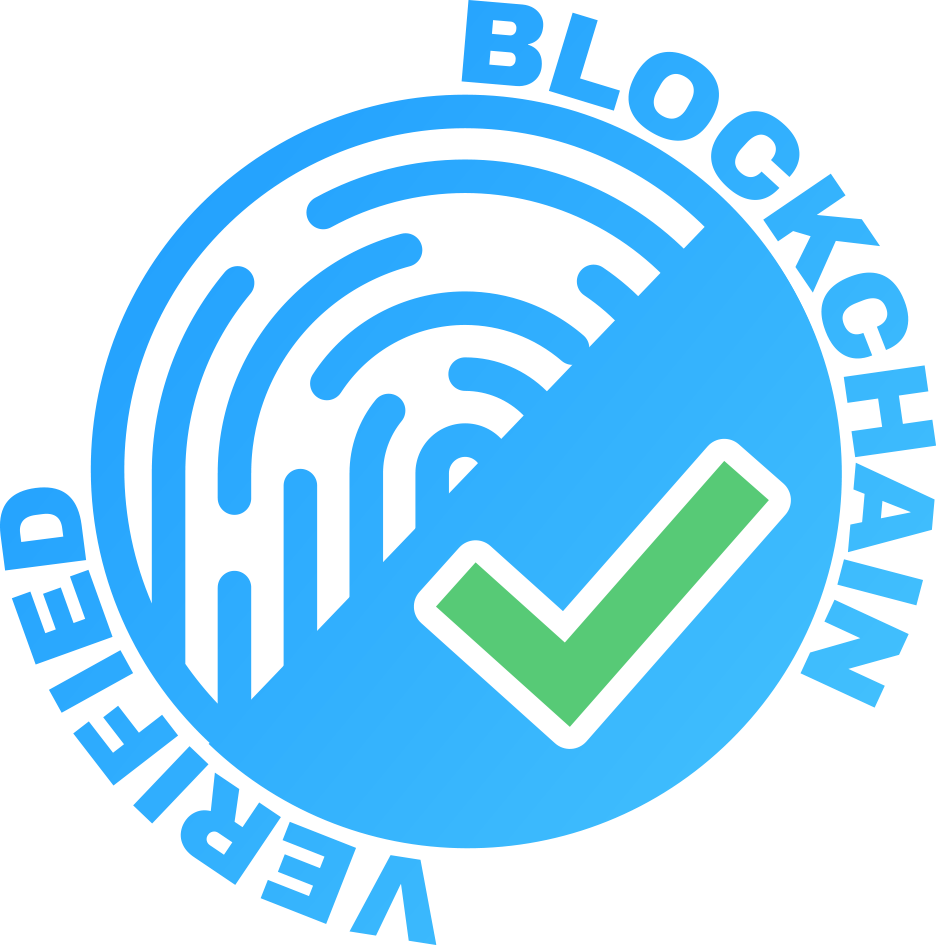What steps do you need to take to become a successful startup in IoT (Internet of Things)? Now let us get one thing clear, if we would be able to find a complete book guiding and guaranteeing us from A to Z, then why would we still look for this article? To become and being a successful startup, scale-up and so on is not easy. It is hard work. Every day we need to push the limits.
Around the globe, we have a lot of tech startups. To see a lot of them disappear from one on the other day has not to do with perseverance. All of them also have 100% confidence that they have the best idea in the world, and their concept will be a success. It is just the way it is.
Last week I saw a picture on the internet which we all probably saw before. An image with Jeff Bezos in his small office with painted letters “Amazon.com”. Look where they are now! Was it their perseverance, or was it what the market needed and he exactly knew how then and in the future, he should serve the market? We agree that they did a lot of things the correct way.

It is fantastic to see that in the tech business so much new ideas are becoming realised. But are it new idea’s or is it the concept? Is a refrigerator that tells you over an APP what you need to buy a new kind of device or an evolution? Or is it a ubiquitous, however now with a new functionality becoming a “wireless Ubiquitous computing device”?
So what does it need to become a successful startup in IoT.
When reading all reports and investigations, it is clear that when you want to be successful, following bullets are applicable:
- Does the market want your device (Vitamins or Aspirin, who needs it?);
- What does the market in the future want, and is it scalable;
- Push past solutions to get through breakthrough ideas;
- Build rough prototypes to get better ideas;
- Built the motivated team that goes through brick walls.
All of this does not go in 1 day and takes time. I have read somewhere that 60% to 80% of the startups do not make it.
For becoming a successful startup in IoT, I am not going in detail about previously mentioned topics. Internet is full of it. And indeed as mentioned before, it is hard to beat those highly respected writers. Articles issued by Thomas Raynott and Proofhub are interesting.
There is one topic in all those articles that I can not find but is IMHO nevertheless essential and I will tell you why.
Country Approval for wireless devices
When you want to become a successful startup in IoT, you must immediately consider the global differences in how every single country is handling country approval and certification of wireless devices. This topic might feel dull, however in this market essential for failure or success. I will explain:
- why wireless country approval and certification is essential for becoming a successful startup in IoT;
- why from 1st step in R&D you should already consider this;
- and how, as a startup, without too many costs, you are prepared.
Why wireless country approval and certification is an essential need?
As a startup, you made your business plan concerning your IoT device. Your device is an ergonomic chair connected to the IoT containing all kinds of wireless sensors. Due to COVID-19, this is a rock-solid plan, and the market requests it from all over the world.
As this chair does have wireless modules integrated, the national spectrum regulations where we will market the product will be applicable. Our world does have 195 countries, which means that there are 195 different country regulations (whereas the EU + EFTA is one regulation) when putting a wireless device on their market. Not complying to these regulations means prohibited for marketing.
For wireless devices, a lot of countries do require a national certification procedure at the national regulator.
When you are not taking the wireless country approval into your business plan, this will eventually result in unexpected technical, time-consuming and financial surprises.
Why consider wireless country approval during the R&D phase if we integrate an already certified RF module?
So, you have a great idea about your wireless ergonomic chair. You will implement an off the shelve RF module from a supplier and start developing and follow the chain to mass production. The module is certified as it has CE mark (or FCC) and in your mind everything is OK. Well, please read my previous post about module integration.
Your chair has become a wireless device. And instead of complying the regulations conform non-intentional radiators, suddenly you need to comply to rules covering intentional radiators. Not only technical requirements as Specific Absorption Rate, radiated susceptibility or unwanted emissions. But also administrative updates on labellings and filings. There are a lot of hurdles to take.
So why already take the wireless country approval during R&D phase in consideration?
How to be prepared as an IoT startup for global approval?
Global approval does cost money. Let us say as an example “on average” (some can be higher, some lower) country approval costs US$ 5000,-. A total investment of 189 – 29 (European Union) = 160 countries x US$ 5000,- can result quickly in a total US$ 800.000,-.
It can be less it can be much more. Take into consideration that IoT products do need investment for being able to place your product on the market. Placing the product on the market is essential for your success. Successful marketing is why you should start as soon as possible with the regulatory conformance process.
What compliance steps you should take to become a successful startup in IoT.
- Define your global reach and divide into priorities. Make a list for yourself and determine which countries will be your top priority markets and number them from 1 to the number of countries you would like to market. Usually, the top 5 contains regions as the European Union, United States, Canada, China, Japan. Divide that list into steps. For example, step 1 is countries 1 to 5. Step 2 is countries 5 to 15. And so on.
- Define clearly which IoT technology applies to your kind of product. Are you going to use Bluetooth, NBIoT, cellular technologies, etc.? What is the best IoT network solution for your product?
- When you have decided to integrate an off the shelve module (instead of designing your own) then you should define which form factor, software, hardware, programmable, usability etc. will be most appropriate to your defined product.
Step 1 to 3 has resulted in a rough idea on which RF / IoT module to integrate into your product. Also, the priority country list is straightforward and determined.
Advantages of the FCC Database.
4. Create an overview for which regions the modules have a certificate. Check the available markings. The more, the better, but at least they should have FCC, CE and the MIC Japan logo. In the last 20 years, I can conclude that the United States, Europe and Japan are the most important markets for module manufacturers. Retrieving those country approvals is usually priority number one.
5. Which conditions apply to the RF module certificate? When RF modules do get certified, many situations do apply. A module certificate can NEVER comply with all these variables. It is essential to know what conditions apply to the certificate. Federal Communications Commission has written an excellent Module Integration Guideline.
A great additional tool to use is the FCC database and is open to everyone.

Downloading those grants give a clear overview concerning which kind of modular approval regulations have been applied. For example split, single, limited or limited-split modular etc.. Also, it mentions which type of antenna’s are included in the grant, is the module tested under co-location, co-existence, how Specific Absorption Rate tested (body-worn or 20CM distance) and so on. The FCC’s KDB 996369 D01 gives more information about the different modular approvals.
The more your final product device and module integration specification are in line with the certificates, the more efficient and less costly your first market access approval will be.
Which tests you still will need to perform and the costs involved in being able to market your product are still debatable based on the final product, however by being prepared on this level, you have made significant steps to market with success.
After reading this do I become a successful startup in IoT?
It would be to simple. Still, there is considerable work to be done. However, as you also take the IoT global approval issues in consideration and you are not waiting until the last phase you are one step closer to success.
Should you have any further question or is something unclear, do not hesitate to contact us, we can serve you from product design to final marketing on a global scale.


